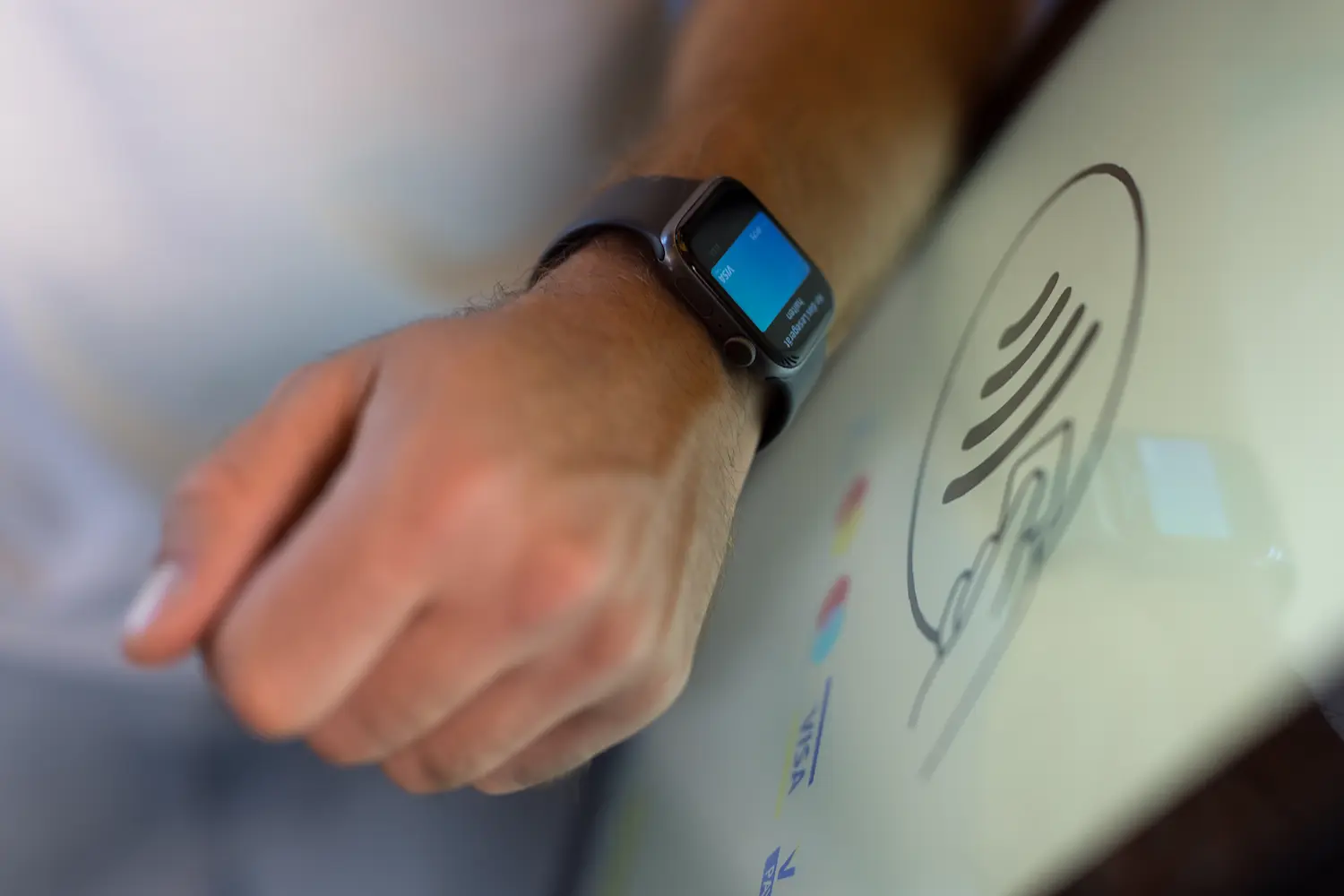Table of contents:
The Right Payment Hardware for your Business-
- Basics of Payment Hardware
- Overview of Payment Hardware
- Criteria for Selecting Payment Hardware
- Criteria for Selecting Payment Hardware
- Security Aspects
- Integration with Other Systems
- Connectivity
- Costs and Budgeting of Payment Hardware
- Resistance of hardware
- Partnership with oona
The Right Payment Hardware for Your Business
Are you looking to upgrade your existing payment hardware or starting from scratch? Here’s a comprehensive guide to everything you need to know about payment hardware systems – from a simple overview through to security watch-outs and costs.
Basics of Payment Hardware
Payment hardware is not just about the type of physical machine you use, but also the internal hardware systems that run payment processes. You need to be able to pick the best hardware selection for your exact business needs. Payment hardware includes chip readers, near field communication (NFC) – a technology that facilitates the process of contactless payments – monitors, swipe machines, and scanners.
Overview of Payment Hardware
Now we’ve got the basics down, let’s dive a little deeper into the ways in which payment hardware is used across businesses within every sector.
Firstly, there are Point-of-Sale terminals, or POS terminals for short, which are used to process transactions. These hardware systems can be used on myriad different devices – from smartphone and tablet for handheld payment processes to self-service kiosks and wireless POS.
There are also card readers, which are devices that read credit or debit cards as part of the payment process. These readers use either the card’s EMV technology chip, magnetic strip, or NFC technology to access the bank information contained on the card.
Criteria for Selecting Payment Hardware
Choosing which payment hardware will work best for your business comes down to a few key factors. Firstly, you’ll want to analyze your business requirements to determine which type of POS you’ll be wanting to use. For example, would your business benefit more from a self-service kiosk or a handheld POS?
Another way to select the right payment hardware for your business would be to conduct a transaction volume analysis. This could provide valuable insights into the type of durability required plus the number of terminals needed.
Of course, we can’t forget about customer satisfaction and expectations. If your customer base is used to making contactless payments, then providing them with hardware that makes this process streamlined and easy is a big plus.
Security Aspects
When looking into payment hardware, maintaining the safety of your business and customer data is important. You’ll always want to choose a payment device from providers that are Payment Card Industry Data Security Standard (PCI DSS) compliant. This means they protect all card transactions and have procedures in place to prevent the misuse of personal information.
It’s also worth reading into payment hardware providers’ data security measures and the encryption technologies they employ to maintain a safe and secure way for your customers to make transactions.
Integration with Other Systems
Have you got existing payment systems up and running? You’ll need to make sure that any payment hardware device you want to use has compatible systems with your own, from accounting software through to any e-commerce platforms.
Connectivity
If you’re choosing to go with a handheld POS terminal with wireless payment hardware, you’ll need to make sure you have a strong internet connection. Looking into your needs and what connectivity systems you already have running will make for a streamlined upgrade or start.
Costs and Budgeting of Payment Hardware
When introducing payment hardware into your new or existing payment processes, it’s worth looking into the costs required and making sure your business needs can be met.
Hardware and additional equipment can be costly to start with, so businesses often do some hardware pricing and budget planning before making any major decisions. Some also rent payment hardware instead of making a direct purchase in order to mitigate costs.
Some banks will also charge credit card or transaction fees, which some businesses choose to either pass onto the customer or pay themselves.
Resistance of hardware
When making a payment hardware purchase, you’ll want to pay special attention to the durability of the devices. What is the hardware lifespan? Does it have longevity and a sturdy design? If your payment hardware will be moveable, you’ll want to be looking for its resistance to wear and tear and whether it can handle certain environments – will it be used in restaurants where moisture and temperature can play a factor? These are some of the questions you’ll need to ask while researching for your ideal payment hardware.
Partnership with oona
Once you’ve got your list of requirements, you’ll need a payment hardware provider you can trust. oona devices offer the latest CPoC and MPoC contactless payment technology built right into the screen for ultra-fast, secure transactions. With flexible device options that offer robust and professional-grade materials that are water and dust resistant, there’s an option for any and every business need.
Share this
You May Also Like
These Related Stories

Different Types of Contactless Payment
Payment Fraud

